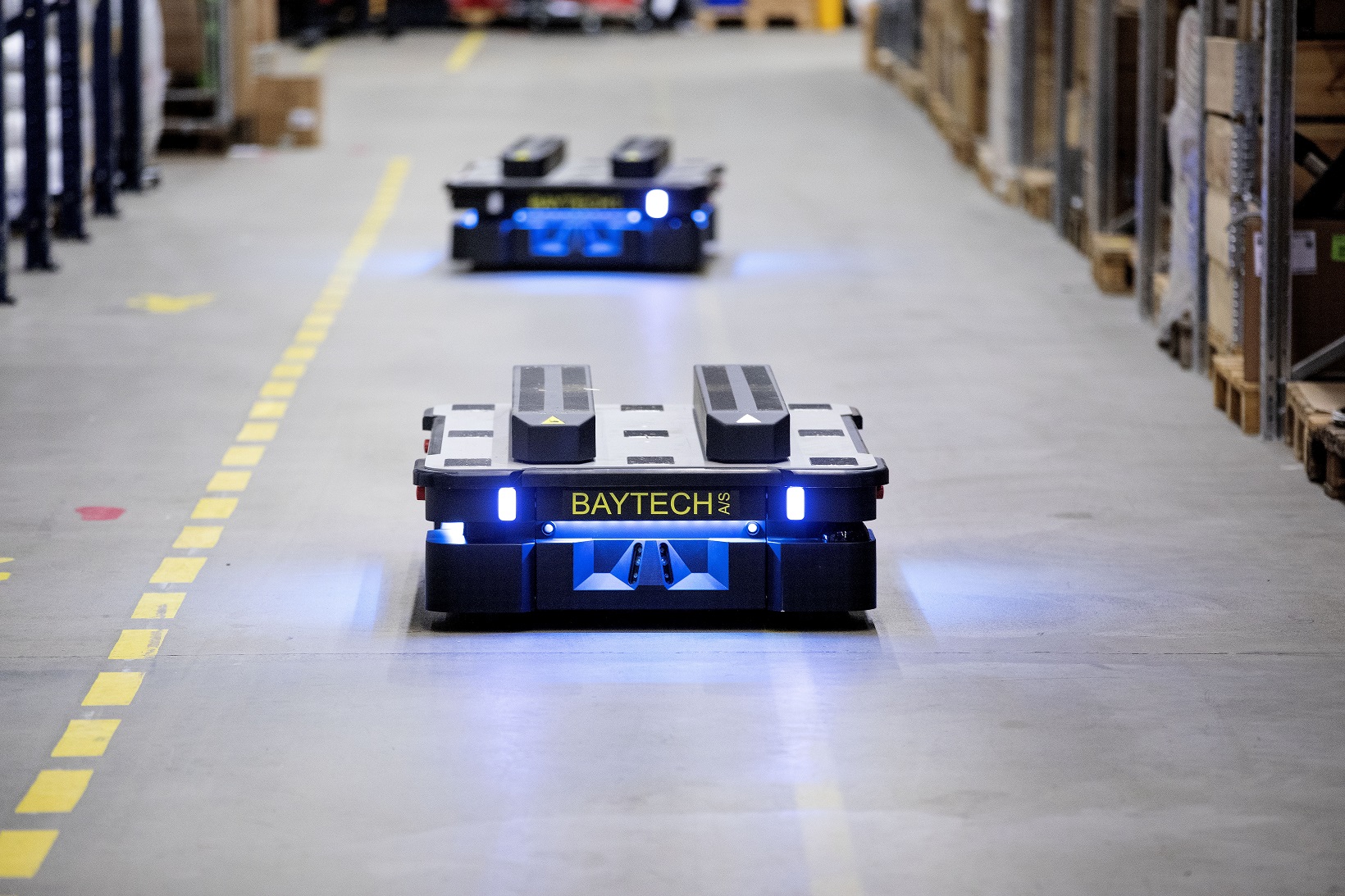The mobile robotics market is undergoing transformative growth as industries across the globe embrace automation to enhance productivity, safety, and operational efficiency. Mobile robots, equipped with sensors, AI, and navigation systems, are designed to move autonomously within defined environments and perform tasks ranging from logistics and surveillance to inspection and disinfection.
The surge in demand for smart automation, coupled with advancements in artificial intelligence, Internet of Things (IoT), and wireless technologies, has positioned mobile robotics as a cornerstone of next-generation industrial and service automation solutions.
What Are Mobile Robots?
Mobile robots are autonomous or semi-autonomous machines capable of navigating through environments without fixed infrastructure. They come in various forms, including automated guided vehicles (AGVs), autonomous mobile robots (AMRs), and unmanned aerial vehicles (UAVs) or drones.
These robots are increasingly used in applications such as warehousing, manufacturing, healthcare, defense, agriculture, and even household settings. Their ability to adapt to dynamic environments without human intervention is driving innovation and adoption worldwide.
Market Overview
The global mobile robotics market is experiencing accelerated growth, driven by a combination of labor shortages, e-commerce expansion, and technological evolution. According to industry reports, the market is expected to reach multi-billion-dollar valuations within the next decade, with Asia-Pacific and North America leading the adoption curve.
Mobile robotics solutions are being widely deployed for material handling, inventory management, environmental monitoring, and last-mile delivery. As supply chain resilience becomes a top priority for enterprises, the adoption of mobile robots is seen as a strategic investment.
Key Drivers of the Mobile Robotics Market
1. Growing E-Commerce and Warehousing Needs
The rise of e-commerce has increased demand for efficient, scalable, and reliable warehouse operations. Mobile robots streamline order fulfillment, reduce error rates, and ensure 24/7 operations.
2. Labor Shortages and Cost Optimization
In sectors like manufacturing and agriculture, mobile robots help address labor shortages while maintaining consistent performance and reducing long-term operational costs.
3. Technological Advancements
Integration of AI, machine learning, computer vision, LiDAR, and edge computing is enhancing robot autonomy, obstacle avoidance, and decision-making capabilities.
4. Increased Investment in Smart Infrastructure
Smart cities and digital transformation efforts are pushing the integration of mobile robotics into areas like traffic monitoring, waste management, and delivery services.
5. Healthcare and Sanitation Applications
Mobile robots are being used in hospitals for disinfection, medicine delivery, and patient interaction, especially in response to challenges posed by global health emergencies.
Market Segmentation
The mobile robotics market can be segmented by:
-
By Type: Autonomous mobile robots (AMRs), Automated guided vehicles (AGVs), Drones/UAVs
-
By Component: Hardware, Software, Services
-
By Application: Logistics and warehousing, Military and defense, Healthcare, Manufacturing, Agriculture, Mining
-
By Region: North America, Europe, Asia-Pacific, Latin America, Middle East & Africa
Challenges in the Mobile Robotics Market
Despite its growth, the market faces several hurdles:
-
High Initial Costs: Implementation can require significant upfront investment in hardware, infrastructure, and integration.
-
Complex Regulatory Environments: Especially in public spaces and airspace for drones, regulations can vary significantly across countries.
-
Cybersecurity Risks: As mobile robots become more connected, they are vulnerable to hacking, requiring robust security frameworks.
-
Navigation and Mapping in Dynamic Environments: Real-world environments are unpredictable, posing challenges in ensuring reliable performance.
Key Players in the Market
Major technology and robotics companies are investing heavily in R&D to lead the mobile robotics market:
-
Boston Dynamics
-
KUKA Robotics
-
iRobot Corporation
-
Amazon Robotics
-
DJI
-
Clearpath Robotics
-
Fetch Robotics
-
Locus Robotics
-
Teradyne
-
Omron Adept Technologies
These companies are developing next-gen solutions that combine advanced sensing, real-time data processing, and cloud connectivity.
Future Outlook
The future of the mobile robotics market looks promising, with ongoing developments in:
-
5G integration for real-time communication
-
Swarm robotics for collective tasks
-
Human-robot collaboration in industrial settings
-
Green robotics focusing on sustainability and energy efficiency
-
Cross-industry use cases including retail, hospitality, and construction
As AI and robotics mature, mobile robots will evolve from task-specific machines to intelligent co-workers capable of adapting to complex environments and interacting seamlessly with humans.
Conclusion
The mobile robotics market is at the forefront of the automation revolution, offering transformative benefits across industries. From warehouse floors to hospital corridors and agricultural fields, mobile robots are becoming essential tools for efficiency, safety, and innovation.
Driven by technological advancement and global digitalization trends, the market is expected to expand at an impressive pace, opening up new opportunities for businesses, governments, and society at large. As adoption increases, mobile robotics will not just support operations—they will redefine the very nature of how work is done in the modern world.
